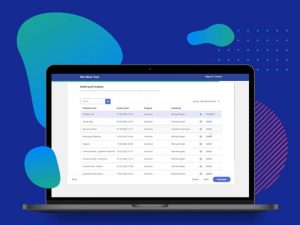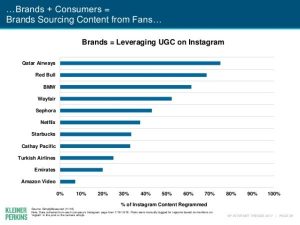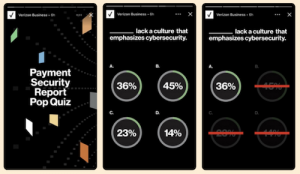Most companies have a customer satisfaction research programme in place, but not all are made equal. Some are active agents of change – they spur the organisation to act, building stronger customer relationships, boosting customer loyalty and ultimately improving commercial performance. Others are passive observers – they simply report on the situation but do little to change it. So, how do you ensure that your customer satisfaction programme makes a positive difference?
Here are nine golden rules.
Rule 1: Create stakeholder ownership
Things don’t happen unless people make them happen. So the first step in any customer satisfaction programme is to identify those who have the power, skills and motivation to drive action on the back of the findings. These critical stakeholders should then be invited to form a working group which shapes and owns the programme.
Rule 2: Measure the right things
Before anything is measured, another group of key stakeholders needs to shape the research – customers. A small selection of customers should be engaged to reveal the critical areas of their experience and potential drivers of satisfaction at each. This will ensure that the research provides a complete understanding of the customer experience and identifies the actions that will make the biggest impact.
Rule 3: Prioritise
Knowing what to measure, a survey can then be deployed to measure it. This survey should prioritise action areas so that your resources can be effectively deployed. To do so, avoid asking customers what matters most to them as people often lack insight into their own motivations and in B2B environments there’s a tendency for people to over-rationalise. Instead, use a statistical technique called Regression Analysis which deduces what matters by observing what happens to your overall satisfaction score when satisfaction scores in one area of the experience move up or down (but scores in other areas remain static). This reveals the relative power of each area of the experience in driving overall satisfaction.
Rule 4: Get the detail
To take action in each of these areas you need to know not only if there’s a problem but, if so, the exact nature of this. So be sure to include open ended questions in the survey where customers can give this valuable detail. Post-survey you may also want to consider some further focus groups or interviews to explore specific issues raised by the survey in detail.
Rule 5: Create a plan
Now comes the important bit – doing something with all of this insight. The first step is to craft it into an engaging story which brings the customer experience to life, clearly identifies any issues and details what to do about them. Then re-convene the working group of key stakeholders, share the story and run a workshop which explores how to drive improvements. This session should result in an action plan with goals, responsibilities, timelines and targets.
Rule 6: Cascade
This action plan is the most important output, but don’t keep the insights in a silo. Rather, using an easy to digest format such as video or infographics, share the customer story across the entire organisation. This will help to build a customer-centric culture and contribute to improved performance through a mass of small, spontaneous actions.
Rule 7: Create accountability
A small set of customer satisfaction KPIs should also be set and reported at Board level. This will provide a further impetus for action, especially if KPI targets are linked to bonuses.
Rule 8: Close the loop
Finally, feedback to customers. Thank them for their support, summarise the key survey findings – good and bad – and tell them what you’ll be doing to make their experience better going forwards. This communication serves two purposes – it builds goodwill and it commits the organisation to action.
Rule 9: Repeat
Having created an action plan, action it! To measure the impact of these actions and further refine them, then repeat your customer satisfaction survey on a regular basis. In B2B environments that usually means every 12 months as that’s a sufficient gap to allow actions to bite and make a difference.
Business & Finance Articles on Business 2 Community(76)






